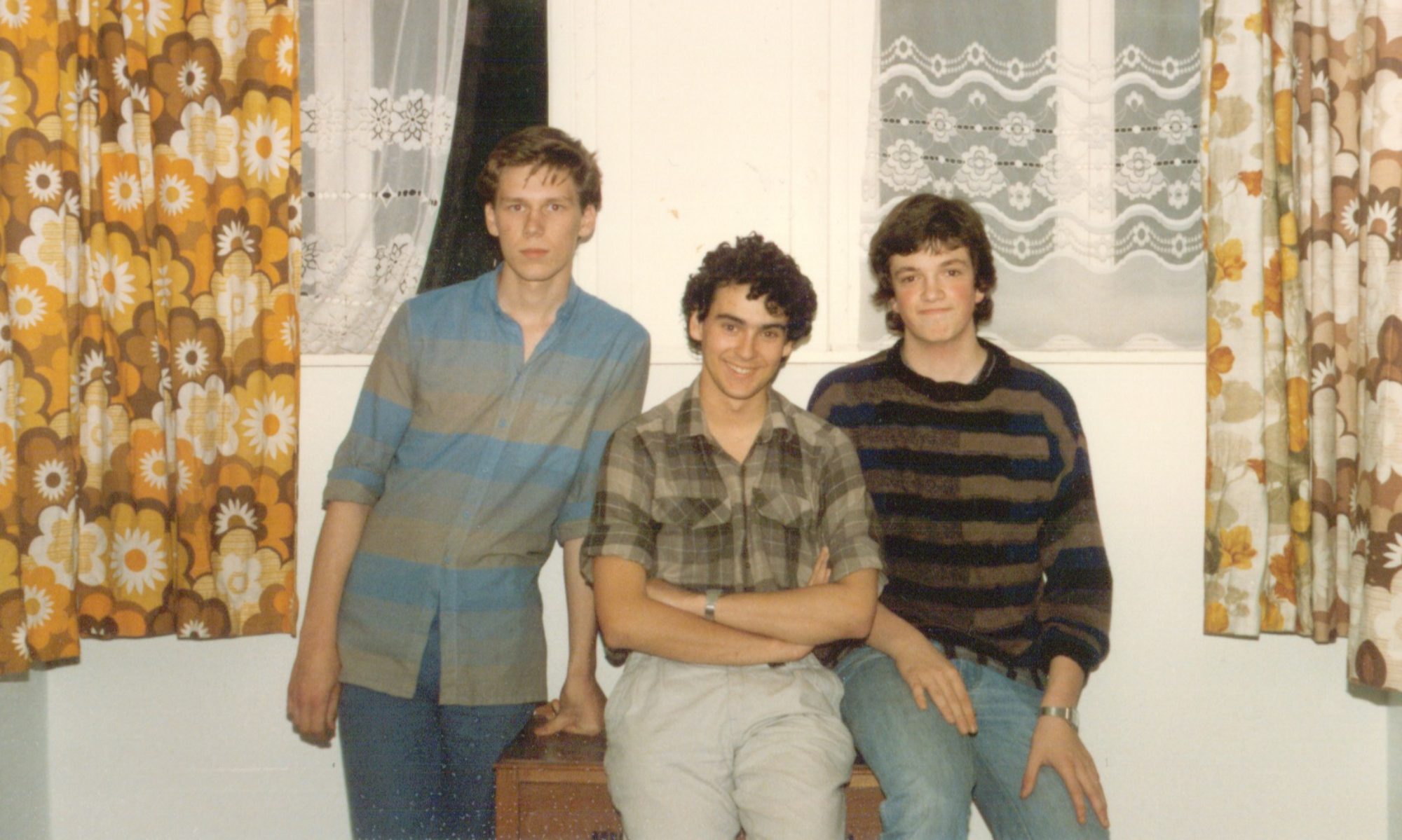When we came to Washington last time, we stayed in Georgetown, a beautiful and affluent suburb of Washington. It was a nice area but probably a bit too far from the action.
Foggy Bottom
This trip we are staying downtown so we had to get the Metro over to Georgetown. The closest stop was at a place called Foggy Bottom which will probably mean nothing to you unless you have kids (or grandkids) of a certain age. Foggy Bottom is where the “baddie” in Paw Patrol, Mayor Humdinger, lives with his Kitten Catastrophe Crew. It amused us at any rate and made a good photo opportunity for the grandchildren.
Walking from Foggy Bottom (tee hee!), we passed by the shops, all of which were shut at 9 a.m. on a Saturday morning and didn’t open until 11. Georgetown is clearly not the place for early risers. Talk about encouraging you to have a lie-in.
From town, we did a circuit out to the university, where is one fine building behind which are the usual run-of-the-mill red brick buildings, and then back again. You pass some really attractive looking houses around the university. It must be a cool place to live and you can tell your house is expensive when it’s being sold by Sotheby’s!
Hirshhorn
From Georgetown we came back to the National Mall. We had been intending to go into the air and space museum but there was a long queue and neither of us were that bothered so we went next door to the Hirshorn instead which had an exhibition on that we wanted to see – Basquiat × Banksy. This must be the smallest art exhibition I have ever been to consisting of just two paintings but was no less interesting for that. We also enjoyed the Adam Pendleton: Love, Queen, and Laurie Anderson’s Four Talks.
What’s amazing is that the Hirshhorn, like all the Smithsonian museums, is free and, unlike the similarly free museums in London doesn’t have any obvious ways of leaving a donation. Apparently the Smithsonian has “considered the question [whether to charge] six times in the past 50 years, and six times concluded that the benefits of not charging general admission outweighed the costs of lost revenue and other opportunity costs.”
So how does it stay afloat? Well…
The Smithsonian generates revenue through sales from its gift shops, food concessions, and other marketing ventures, which collectively brought in over $156 million last year. Additionally, it receives significant funding from government sources and private donations, which help cover operational costs despite the lack of admission fees.
Kudos to them I say.














